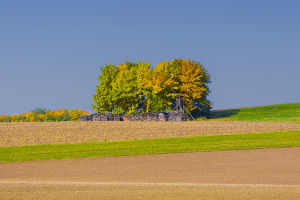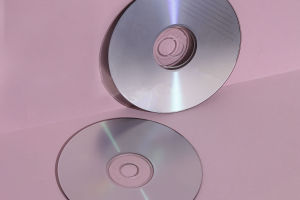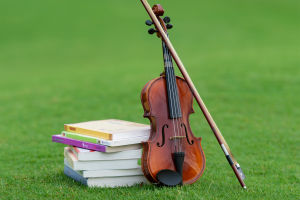Odissi dance is one of the oldest classical dance forms of India, originating from the state of Odisha.
It has a rich history that dates back over two thousand years and is closely linked to the temples of the region.
Odissi dance is celebrated for its graceful movements, intricate footwork, and expressive storytelling, often bringing to life mythological tales from Hindu scriptures. A distinctive characteristic of Odissi is the tribhangi, which highlights the three graceful bends of the body—at the neck, torso, and knee.
This posture creates a fluid and elegant aesthetic. The dance combines both slow and fast movements, with deep, controlled bends and dynamic leaps, producing a mesmerizing rhythm that captivates the audience.
The history of Odissi is deeply intertwined with the cultural heritage of Odisha. Initially, it was performed as a sacred offering in temples, with dancers serving as devotees to the gods.In ancient times, the primary practitioners of this dance form were the devadasis, women dedicated to serving in temples.
Indian girls perform Odissi dance in Delhi
Video by WildFilmsIndia
However, with the decline of temple dance traditions in the 19th and early 20th centuries, Odissi experienced a period of stagnation. It was not until the mid-20th century that concerted efforts were made to revive this ancient art form. Visionaries such as Kelucharan Mohapatra and Sanjukta Panigrahi played pivotal roles in restoring and popularizing Odissi on both national and international stages.
Odissi is characterized by its distinct poses and movements. The Chowk position, a square stance, is one of the most recognizable postures in Odissi. It represents solidity and power, with the dancer creating a square shape with her feet while holding her arms in a balanced, symmetrical manner.
A key element of Odissi is its focus on facial expressions, or abhinaya, which serve to express emotions and narrate stories. This is where the dancer's facial expressions, combined with hand gestures known as mudras, become essential in creating a connection between the performer and the audience. The dance communicates not just through movement, but through the performer's emotional and spiritual connection to the music and lyrics.
The music that accompanies Odissi dance is an essential element of its performance, intricately intertwined with the movements and expressions. Rooted in classical Indian music, it follows the rhythmic patterns of tala and ragas, which provide a structured foundation for both the music and dance. These complex rhythms are meticulously synchronized with the dancer’s movements, creating a seamless blend of sound, motion, and emotion.
Traditional instruments such as the mardala (drum), bansuri (flute), and violin are played by accompanying musicians, offering both melody and rhythm to enhance the performance. Much like the dance itself, the music carries deep spiritual significance, often inspired by Hindu mythology, and elevates the entire performance into a sacred experience.
While Odissi has evolved over time, incorporating contemporary elements into its expression, it remains firmly anchored in its classical heritage. Today, it is performed in diverse contexts—from sacred temple rituals to grand stage productions—and is taught in dance schools worldwide.
Students not only learn the technical aspects of Odissi but also the rich cultural history embedded within each movement. The continued preservation and growth of Odissi reflect the resilience and timeless beauty of Indian classical dance traditions!


